That’s it: I’m declaring victory. And I’m giving my laurels to the Virginia Museum of Fine Arts.
As regular readers of Real Clear Arts know, I’ve been advocating for a big change in museum hours. In this day and age, they must stay open at night, at least two nights a week, imho — in most cities, at least. (Maybe not every city/town — it does depend on the city, the museum’s location, nearby traffic, etc.)
Without much fanfare, the VMFA has announced that starting this month, it will be open 365 days a year and it will expand its evening hours, remaining open on Fridays — as well as Thursdays — until 9 p.m.
That’s right — Christmas, Thanksgiving, New Years included — VMFA will be accessible to  visitors.
visitors.
Bravo!
This is a big change, too, because in recent years the VMFA has also been closed on Mondays and Tuesdays. Now, says director Alex Nyerges in the press release:
We have been wildly successful since our grand opening in May, and the museum has been enthusiastically received by the community and national visitors. …Being open on Mondays and offering evening hours have been very popular. As we strive to increase our accessibility to all our visitors, I am pleased to complete my vision to be open seven days a week, 365 days a year.
On New Year’s Day, Fourth of July, Thanksgiving and Christmas Day, the hours will be noon to 5 p.m. On state and national holidays that fall on Mondays, hours will be the same as usual, 10 a.m. to 5 p.m. More details are here. (While you’re on the site, have a look at the special exhibitions on the docket – here: the big show right now is of Tiffany works, but come August there will be a South African photography exhibition.)
I understand that this may be an experiment, and it’s a worthy one. If after appropriate marketing of the new hours and a good, long trial period, visitorship doesn’t demand such extended hours, VMFA should feel free to tinker.
Meantime, I challenge other museums to follow suit in their own way.
Photo Credit: Courtesy of VMFA

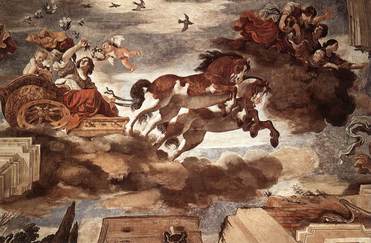
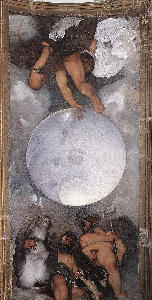 The villa and the artworks inside it, however, seem to be in dire need of help. According to the article:
The villa and the artworks inside it, however, seem to be in dire need of help. According to the article: 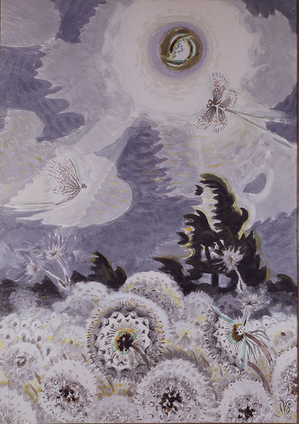
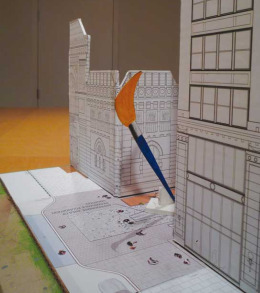 This happened last week, but it still hasn’t had much notice — and it’s Friday, time for a little lightness: The Pennsylvania Academy of Fine Arts has commissioned Claes Oldenburg to create a sculpture for its “Lenfest Plaza.” Oldenburg has come back with a plan to erect a huge paintbrush that will certainly brighten the spot.
This happened last week, but it still hasn’t had much notice — and it’s Friday, time for a little lightness: The Pennsylvania Academy of Fine Arts has commissioned Claes Oldenburg to create a sculpture for its “Lenfest Plaza.” Oldenburg has come back with a plan to erect a huge paintbrush that will certainly brighten the spot.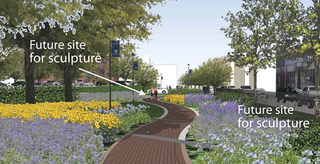
 Still, some winning projects look good.
Still, some winning projects look good.